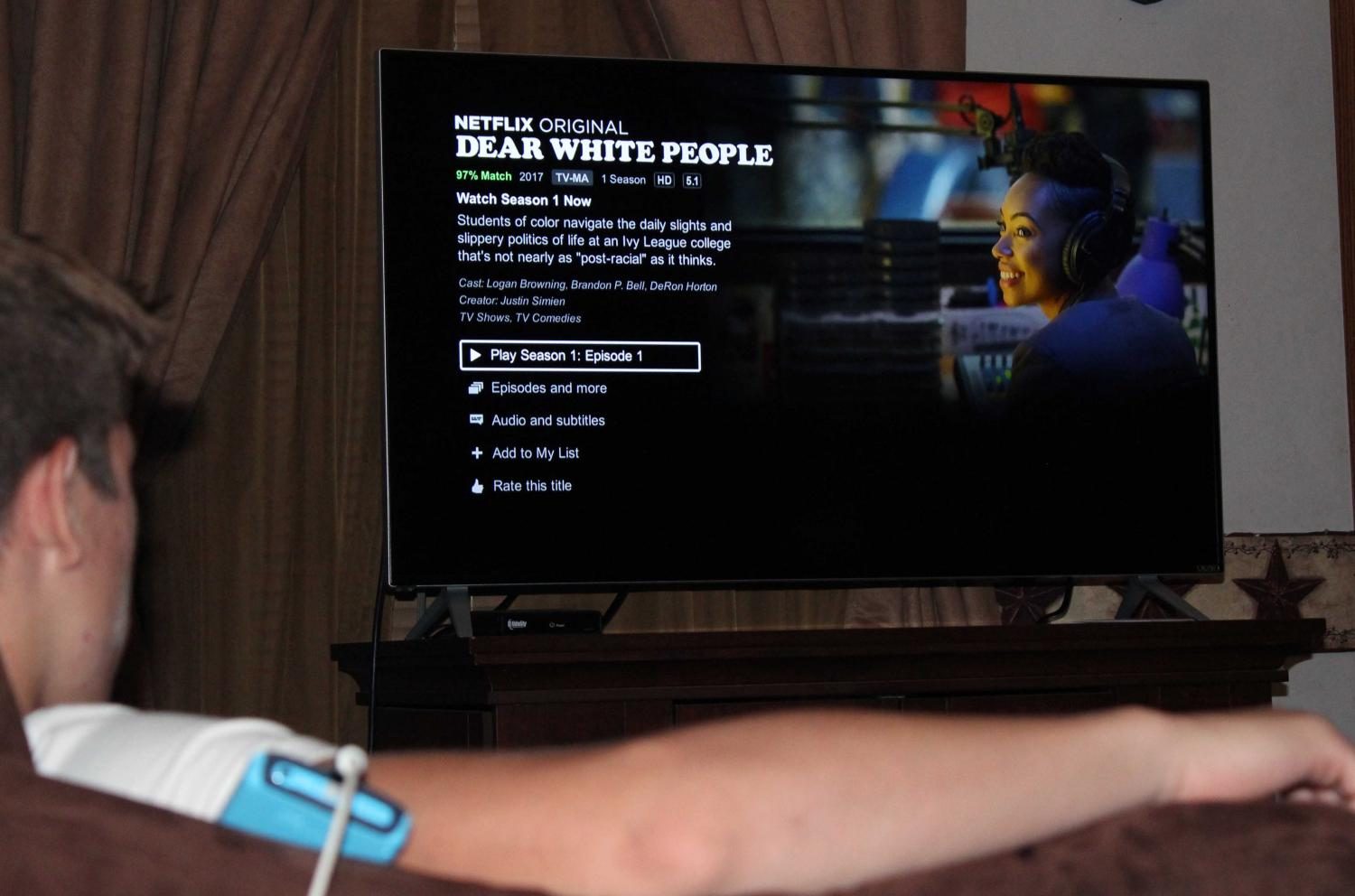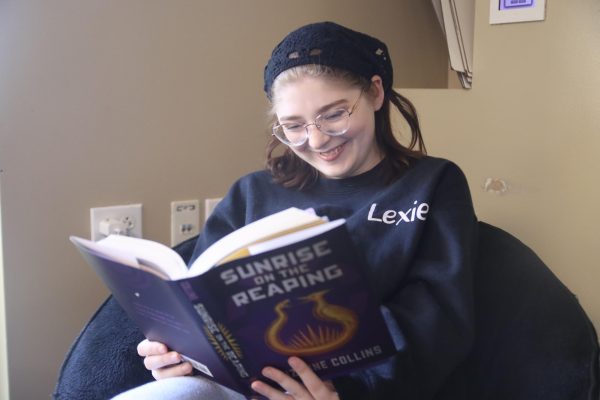Dear White People Review
SPOILER ALERT: If you do not wish to read spoilers from season one of Dear White People, do not read further.
An opinionated radio show, radical protests and controversial news articles give character to season one of Dear White People, continuation of the 2014 film of the same name. The show exposes present-day divisive conflicts between and within races on how to properly address the issue of racial tension. The Netflix original show focuses on the historic tensions between people of white and black color.
Over the course of the ten-episode season, the show provides insight into the personal life of one of the cast members. Samantha White is an outspoken activist who hosts a radio show called Dear White People. She uses her radio platform to express her opinion on the racist actions of her white peers on campus at the ivy league Winchester University. Troy Fairbanks is a well-known individual on the Winchester campus because he was voted the first black president of the university, and his father is a dean. Lionel Higgins begins as a closeted journalist with a reserved personality. His presence in the show increases as he becomes in tune with himself and gains confidence in his political activism through writing. Reggie Williams is an activist who experiences racial discrimination from a campus police officer who pulls a gun on him during a house party. Colandrea “Coco” Conners is a student who demonstrates her lack of hope in easing racial tensions with white students and disagreement with the protests of the Black Student Union.
The first episode begins by introducing Samantha White and her radio show. During one of her shows, she introduces the campus incident that sparks the season-long anger of the black community; the black face party. The party invitation asked nonblack students to dress in their favorite black stereotypical look in honor of “setting aside racial divisiveness.” After the party incident, journalist Lionel Higgins began to focus his news stories on the black community.
In the midst of the outraged uproar among the black Winchester students, conflicts within the Black Student Union surfaced. The show reveals that there is not one way to solve the issue of racial tension and injustice. While individuals like Samantha White and Reggie Williams want to express their outrage through protests and sit-ins, Troy Fairbanks, Coco Conners and the Dean of Winchester express their desire for taking a less forceful approach through town hall meetings. The word “assimilation” weaved its way into one particular episode when Coco Conners talked about being exhausted from an entire life of prejudice and stereotyping during a Black Student Union meeting. Coco questioned the progress that Samantha White’s protests and radio show were actually bringing to the campus.
Gabe Mitchell, Samantha’s boyfriend who is also introduced in the first episode, sparks skepticism among the students of the BSU. The Netflix series does a good job of showing the audience numerous sides of an opinion. Some of the BSU members believed that Samantha dating a white male was like “surrendering to the oppressor” while others believed it to be a positive step into cultural unity.
The town hall meeting that takes place during the season finale is also the location of a BSU protest. Student activists express their anger towards the administration for ignoring the injustice against Reggie Williams and the lack of action towards the occurrence of the black face party. The episode ends with Lionel Higgins, who experienced the largest character development throughout the season, exposing the university’s lack of integrity in their acceptance of bribes from a rich, white couple who told them how to run their institution. Troy Fairbanks, for the first time all season, defies his father and demonstrates his first act of protest by breaking a town hall window after hearing the news of the university bribery.
Overall, I enjoyed every second of the show. Light humor and insight into university life is included into the politically heavy plot to make the show entertaining as well as informational. The show not only reveals the truth that racism still exists in even the most prestigious parts of America, but also that even in a minority group, there is not one solid way to solve the present issue of racial prejudice.






